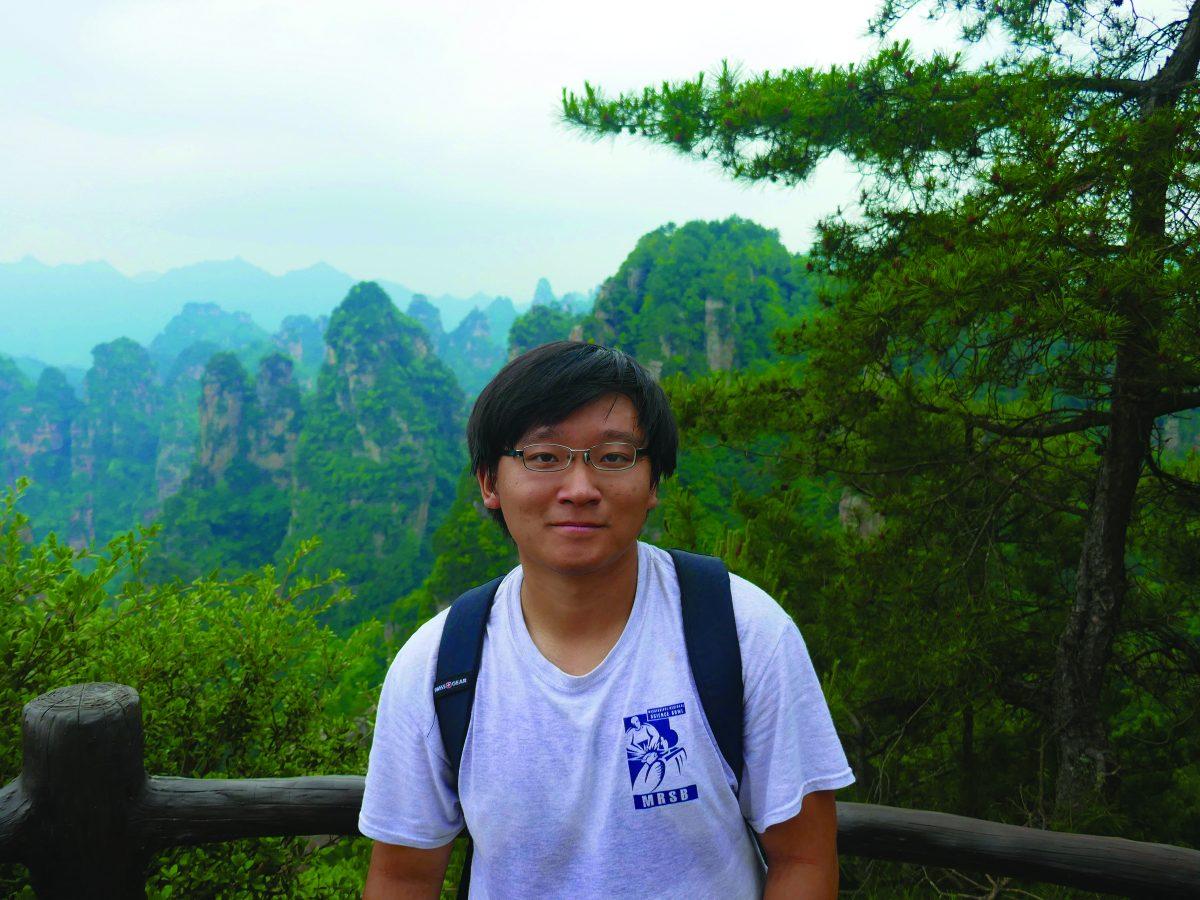Leon Bryant Mather, a concrete expert in the U.S. Army Corps of Engineers, recently left nearly $400,000 to the Mississippi Entomology Museum.
Mather, an amateur lepidopterist, collected insects, mostly butterflies and moths, as he traveled the world. Mather had no children and left the money as part of his estate.
Many museums depend on donations like Mather’s, said museum director Richard Brown. Most of the money for maintaining the museum comes from private donations and the federal government, which does not always cover the cost of supplies.
“It’s very expensive to maintain the museum,” Brown said. “[The donation] provides a guaranteed annual income for providing future work that goes beyond appropriated funds.”
The museum received no money from the state during the past year, Brown said.
“We were entirely supported by outside money,” Brown said. “An insect museum such as this is not a three-year project, then stopped.”
Brown said he believes Mather donated his collection and money to ensure the facility would have the means to take care of his collection. Also, he wanted his collection in Mississippi where it would be most useful.
“His concern was they would go to a collection that was neglected,” Brown said.
The Mississippi Entomology Museum was established in 1972, but its existence began in 1888. It currently has over one million pinned specimens and thousands more unpinned. It is not a typical bug museum with fancy displays of the prettiest insects for the public to view.
“Our museum is not for public curiosities,” Brown said. “We are not for biggest or smallest or most beautiful or ugly, but we are a research museum to store data bearing specimens that document the diversity of species in our backyards and our Earth.”
Many similar institutions call themselves research collections, instead of museums. They are used mostly by other researches to identify specimens, study how exotic insects affect the native population, learn and diagram the structure of insects and name new species, Brown said.
“It’s a large repository of insects,” assistant curator Joe MacGown said. “Because of the number of identified specimens, people can come here and have things identified to an accurate level, but we also are constantly sending off.”
The museum loans many specimens to research locations from Finland to Japan. Currently they have over 400 separate loans.
“Most people do not realize the job of naming plants and animals is far from complete,” Brown said.
Researchers often come across species that have not yet been catalogued and identified. Brown said that in his own backyard he has found over 60 species that have not been described or named.
“It’s great resource for everyone in the department,” research associate David Cross said. “I’ve worked on insect collection and we often have to have identifications made.”
Brown said that, like humans, insects have a wide variation in appearance, but can still be a part of the same species. To learn the differences, researchers must collect many different samples and collect data of when and where the specimen came from.
“A specimen without data has no value,” Brown said.
Before pinning, insects must be carefully stored in freezers to prevent them from becoming dried out or brittle. After the pining, they label the pins with where the specimen was found, what it was doing, the time of day, and who collected it. Without this information, researchers cannot use a specimen, Brown said.
“A dead bug on a pin is worthless,” Brown said.
Researchers cannot stop at one specimen for each species.
“No two specimens are the same.” Brown said. “You can’t have one specimen to represent the species.”
The museum, located in the Clay Lyle Building, holds moths, beetles, ants, bees, leafhoppers and more.
They also house a collection of wood damaged by insects and their eggs. Brown said they can identify insects from the pattern left by the crawling mother and her creeping larva.
Along with insects, they also have a collection of photographic images, negatives and many slides.
In the lobby, visitors can see displays from 8 p.m. to 5 p.m., Monday through Friday. Visitors can also schedule private tours by calling Brown at 325-2085.
Insect museum receives donation
Donate to The Reflector
Your donation will support the student journalists of Mississippi State University. Your contribution will allow us to purchase equipment and cover our annual website hosting costs.























































































